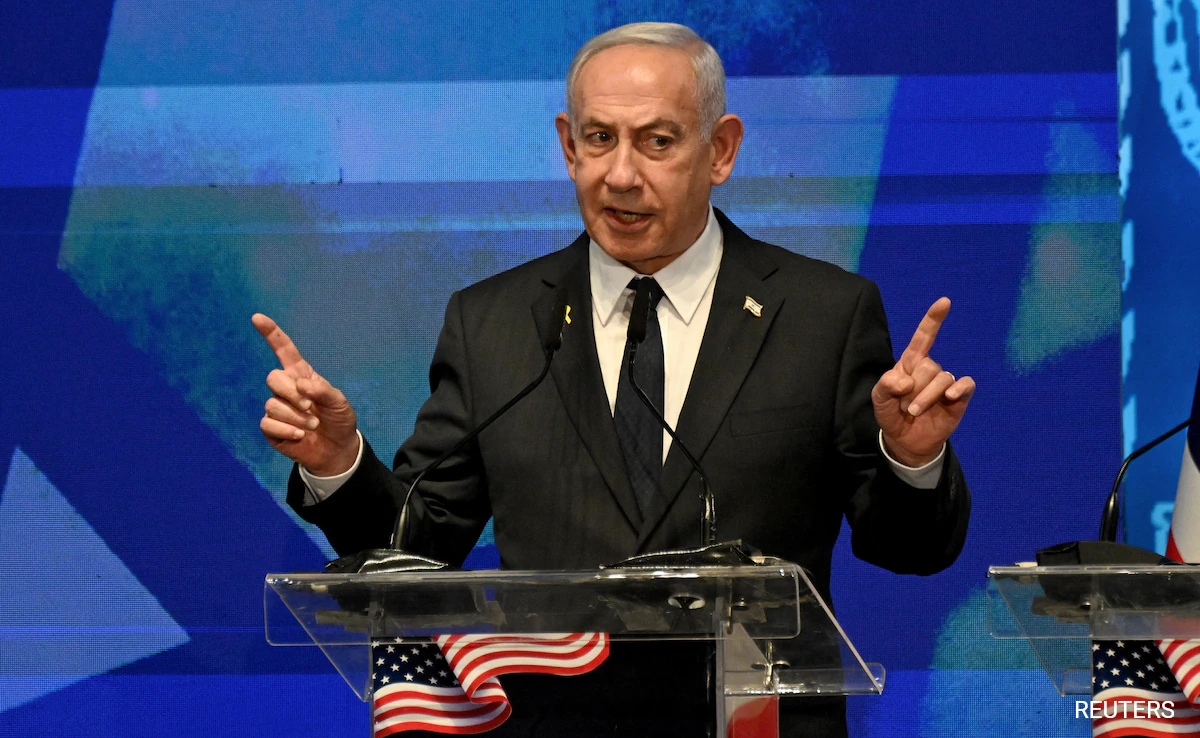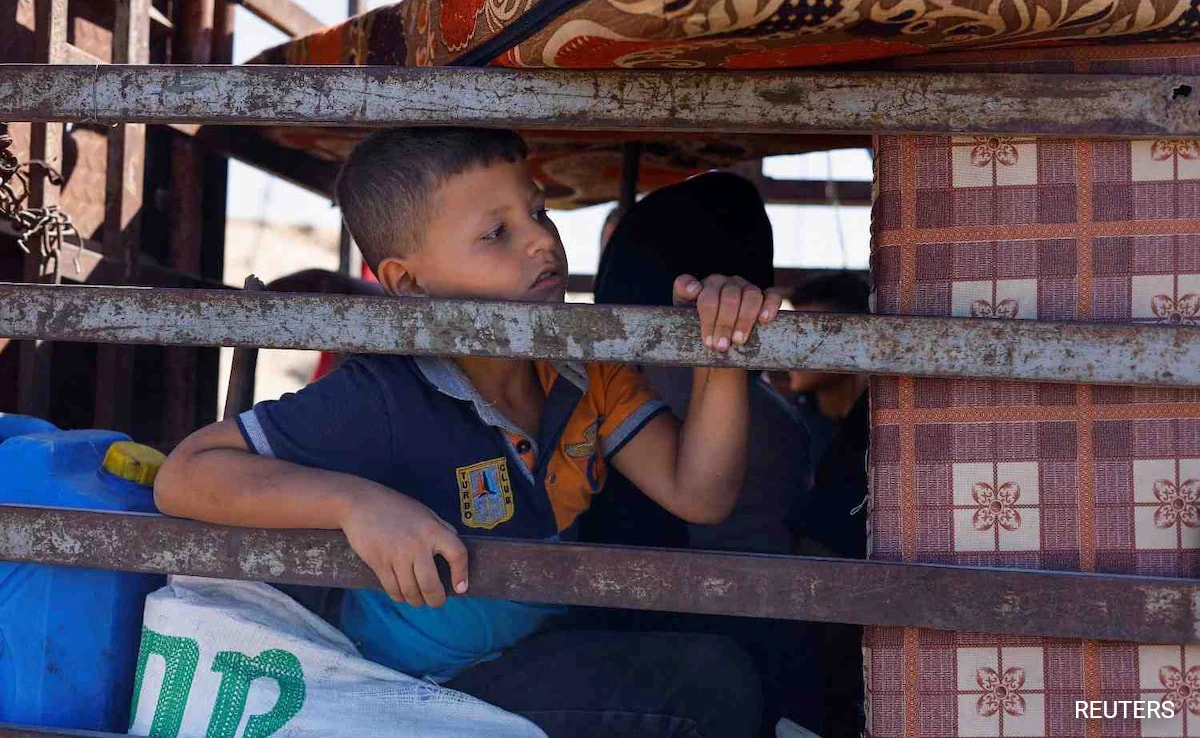“Warfare has changed and children are now constantly on the frontlines,” James Elder, a spokesman for UNICEF, told The Post, speaking from the Ukrainian city of Lviv. “UNICEF knows from our experience from Yemen to Syria that the longer children are displaced, the longer a war goes on, the more they are at risk of damage to long-term development, of mental health issues.”
The flood of people out of Ukraine — now topping 3.6 million — has become Europe’s fastest-growing refugee crisis since World War II. As The Washington Post has reported, the wave is striking not just for its historic scale and speed but also because half of the first 3 million people who fled are children.
Nearly 1 in 4 people in Ukraine have been forced from their homes — either to other parts of Ukraine the country or across the borders — in just under a month. The figure, outlined by the U.N. refugee agency, amounts to about a quarter of the prewar population, which the World Bank estimated at 44 million in 2020.
“The war has caused one of the fastest largescale displacements of children since World War II,” UNICEF Executive Director Catherine Russell said in a statement. “This is a grim milestone that could have lasting consequences for generations to come. Children’s safety, wellbeing and access to essential services are all under threat from non-stop horrific violence.”
The agency has deployed additional mobile child protection teams in conflict zones in Ukraine and will begin sending emergency cash to the most vulnerable families and set up “child friendly spaces” across the country, the statement said.
The sheer scale of the displacement has raised concerns that human traffickers could exploit the situation to traffic women and children.
UNICEF and UNHCR, the United Nations refugee agency, have partnered with governments and civil society groups to create a network of “Blue Dots” — waystops for traveling children and women that provide critical information and work to identify and protect unaccompanied children. The hubs have been set up in countries such as Poland that are hosting Ukrainian children and women.
Advocacy organizations are sounding the alarm about the far-reaching consequences for children of experiencing displacement and witnessing war. Ukrainian children have had their homes and schools shelled by Russian forces. They’ve crowded into subway stations to take shelter from rocket fire or packed into trains headed out of the country. Some have waited for hours in freezing temperatures in lines to the border. Most have been forced to say goodbye to fathers and other male relatives, since most Ukrainian men ages 18 to 60 have been barred from leaving the country, in anticipation that they may be called up to fight.
Scenes of “immense sorrow” have played out in train stations across the country, Elder said, calling the scale of the separation of children from their fathers “quite unprecedented.”
Elder said mothers have recounted to him early signs of trauma in their children — babies that don’t cry, children who no longer sleep or eat.
He emphasized that the best thing countries hosting refugees can do for Ukrainian children is to enroll them in schools.
“We know that from around the world … school offers a sense of normalcy, schools are a protective space for children, so it’s super important that these kids can get back into a classroom,” he said.
Schools also provide an important entry point for humanitarian workers and mental health professionals to provide psychosocial support, said Amanda Brydon, child protection lead for advocacy organization Save the Children in Ukraine.
Many of the families who have fled Ukraine so far are “middle- and upper-class people with money from cities,” Brydon said, meaning those left behind were already in a more vulnerable position.
“It’s critically important not to forget about the children inside Ukraine. They’re a lot more invisible,” she said.
Children still inside the country are suffering from the destruction of critical infrastructure and institutions by Russian attacks. The World Health Organization has verified 64 attacks on health-care facilities, personnel and patients since Russia invaded a month ago, and children’s hospitals have been boarded up with sandbags. Meanwhile, Ukrainian authorities have reported damage to more than 500 education facilities.
UNICEF said it has already observed a drop in vaccination coverage for immunizations including measles and polio, which could “quickly lead to outbreaks of vaccine-preventable diseases especially in overcrowded areas where people are sheltering from the violence.”
More than a million people in Ukraine lack access to safe water and millions more have limited access or risk being cut off, the U.N. agency said. And more than 450,000 children aged 23 months to 6 years need additional food support, according to UNICEF.
UNICEF is calling on Russia to respect humanitarian corridors so families and children can leave the country safely and so aid organizations can access those who remain. Some vulnerable children, such as those in hospitals or incubators, are unable to leave.
Brydon, from Save the Children, said international actors must place children and their needs “at the center of the response” to the humanitarian crisis caused by the war in Ukraine.
“The safest and surest way out of this hell is for the war to stop,” Elder said.
.png)











 English (United States) ·
English (United States) ·  Turkish (Turkey) ·
Turkish (Turkey) ·